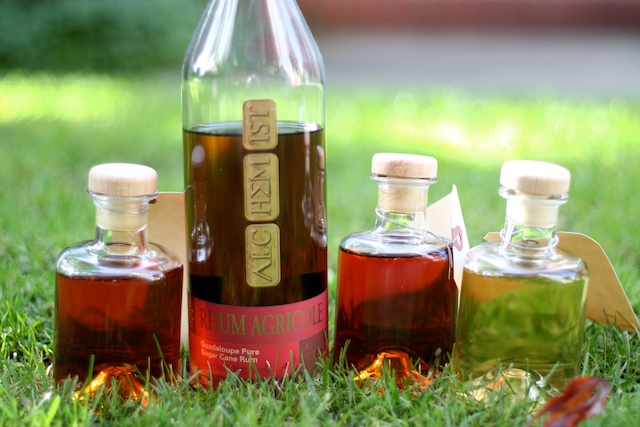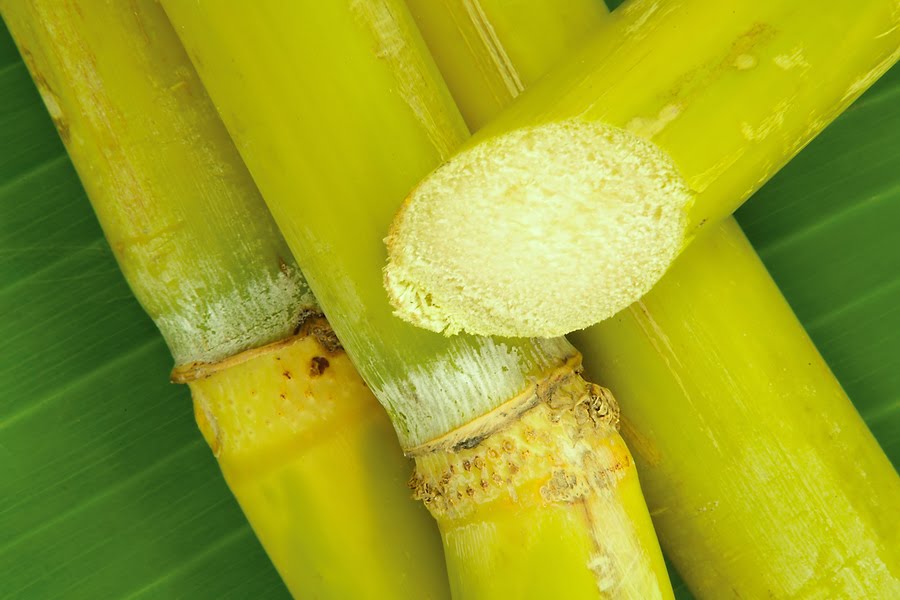What is Rhum Agricole?

While all rum is in some way a byproduct of sugar cane, most rums are made from molasses. Those sweet and creamy Ron Zacapa, Zaya, and El Dorardo rums that fly off our shelves daily are examples of the most accessible - rich molasses distillates that are aged in sherry barrels for smoothing out the flavors. Right next to those bottles on the K&L shelf, however, are bottles like Rhum J.M., La Favorite, and Batiste that seemingly are interchangable with the above mentioned producers, since all produce rum in the end. Neverthesless, about once a month a customer will walk back into the store with an open bottle of Agricole Rhum and say to me, "I bought this here for making mai tais and there's something wrong with it. This tastes totally herbal and weird." "Ah yes, my friend," I'll reply, "that would be the common response to Rhum Agricole," the rum distilled not from the byproduct of sugar, which would be molasses, but rather from the fresh juice of the sugar cane itself.
Generally speaking, Rhum Agricole is produced on the French Caribbean island of Martinique where there is an actual AOC Martinique Appellation, like France has for the wines of Bordeaux or Burgundy. However, there are other islands that produce it, such as Guadaloupe. The link between all of the agricole producing locales is their heritage as French-controlled protectorates. When the French colonized the Caribbean and built sugar refineries, rum was a way to make use of the byproduct. But in 1870, when France found a cheaper way to produce sugar from sugar beets, the price of sugar plummeted and many of the refineries, which had taken out debt on their mortgages, were forced into bankruptcy. The remaining rum drinkers on the islands were forced to get creative and Rhum Agricole was their solution - the natural juice of the sugar cane could be fermented and distilled without refinement.
Like any food or drink culture, societies are forced to work with the ingredients available to them and make those ingredients taste good (which is why street food is usually so delicious). Rhum Agricole is a byproduct of an earthy, grassy, and sometimes funky tasting plant. Those characteristics are therefore destined to come through in the distillate. While I personally enjoy these flavors, I can completely understand why others do not. When aged, the rhums are entirely sip-able, but the blancs can really throw people for a loop. If pressed, I'd compare it to the difference between single malt whiskies and single grain whiskies - the grains have an herbal, almost gin-like flavor that is much leaner, and less soft on the mouthfeel. Needless to say, there are some fantastic recipes for Agricole rum that have developed in the Caribbean over the years. Doing a Google search for a few cocktails can be quite inspiring.
So if you end up with a bottle of Rhum Agricole by accident, or if you are simply curious about what makes these rhums so unique, grab a bottle of sugar cane syrup (which we sell) and a handful of limes from your local grocer as well. Making a Ti Punch is quite easy - a tablespoon of syrup with about 2.5 oz of rum and a lime peel in the glass with an ice cube to cool it off. A seemingly unhappy mishap could possible turn out to be life changing. Just ask all the guys hanging out at your nearest Tiki bar.
-David Driscoll

